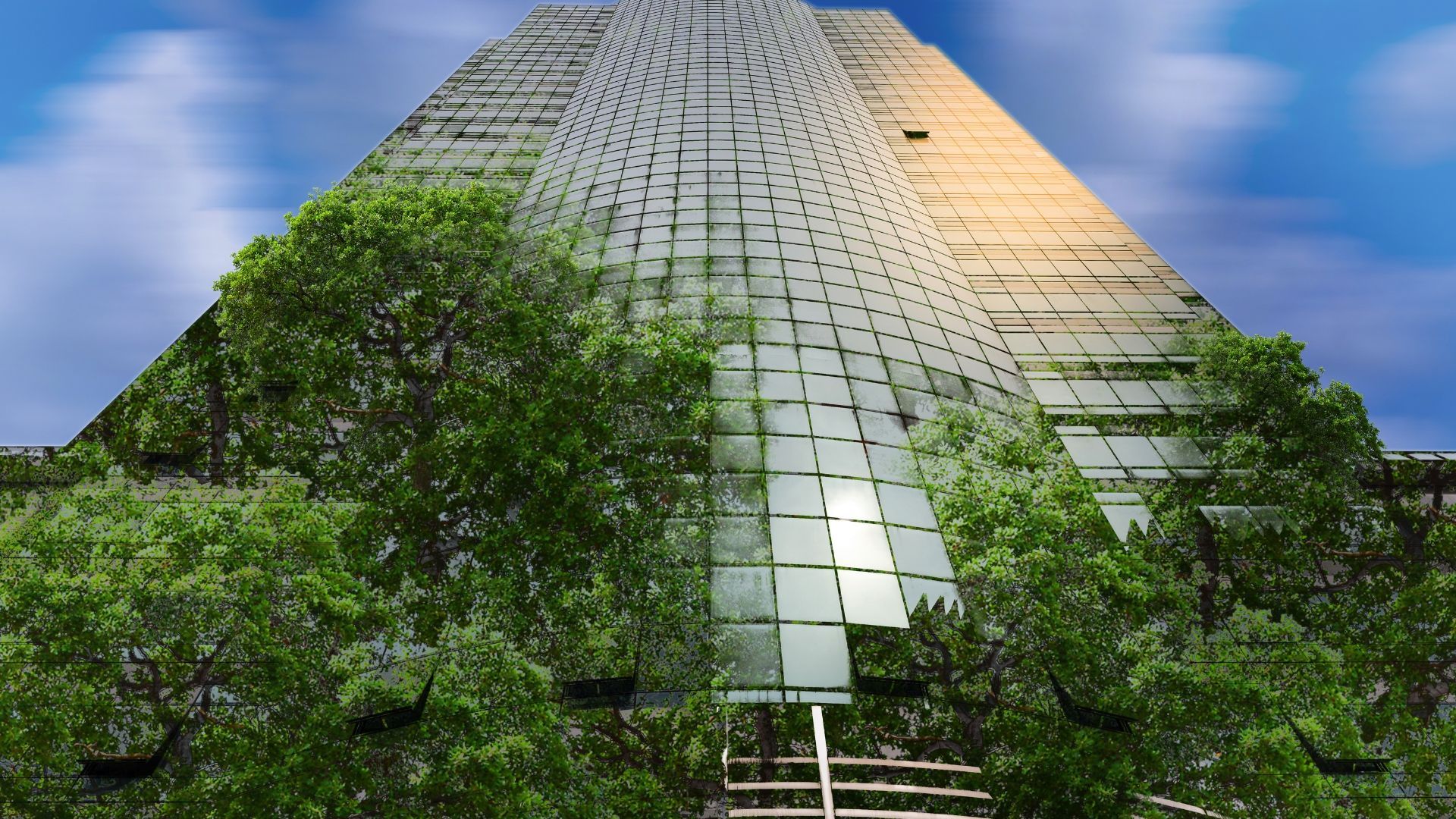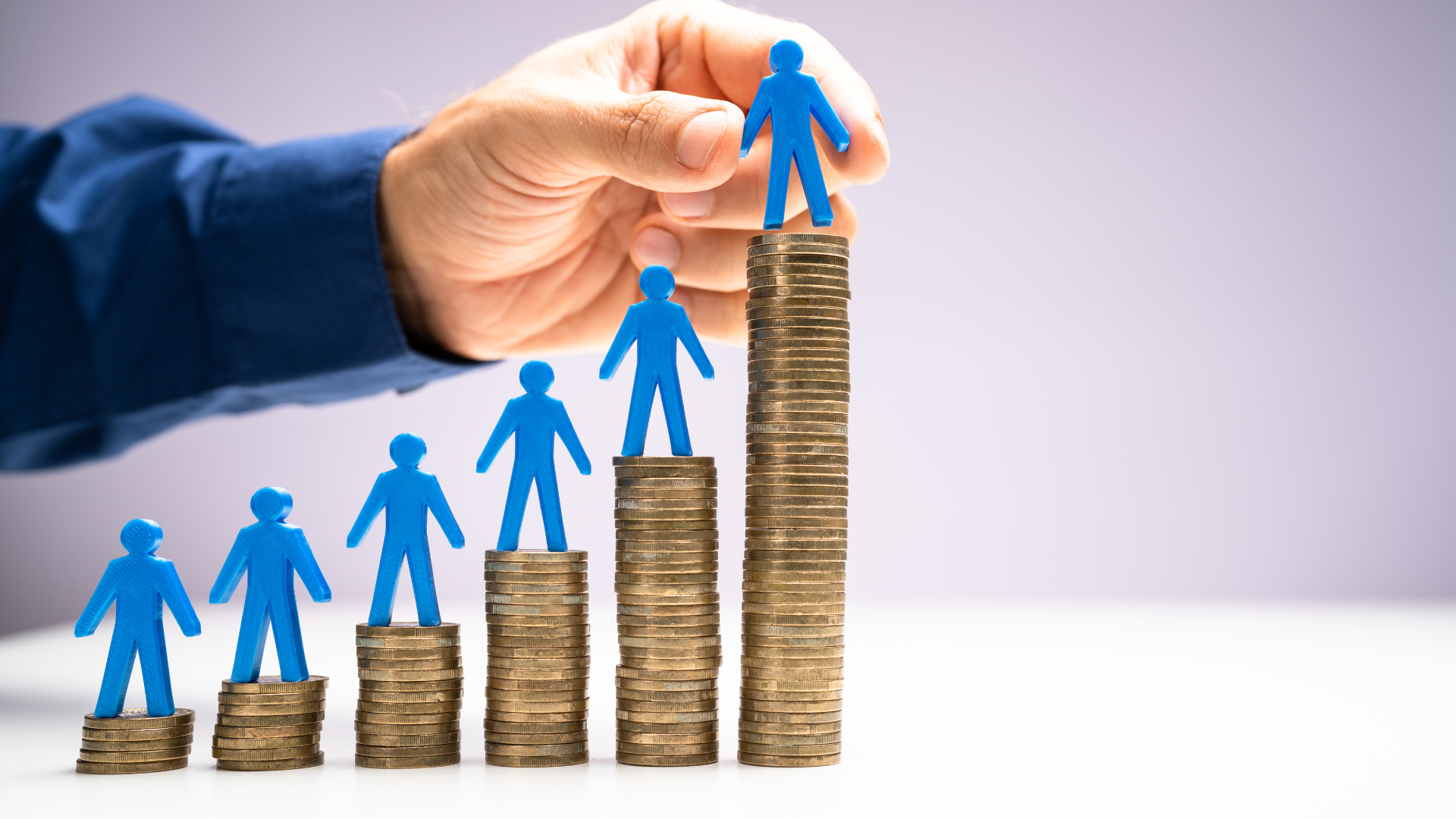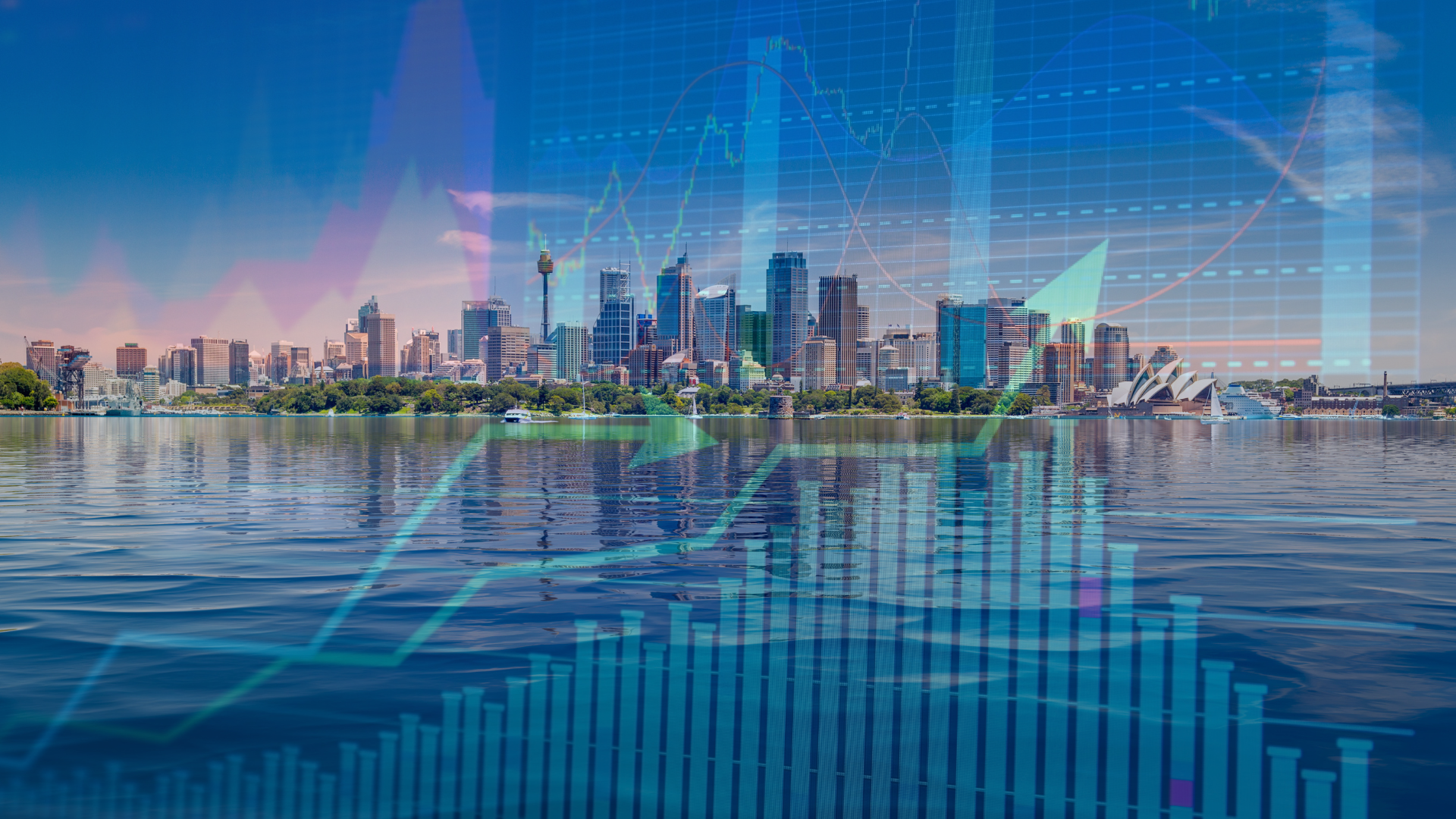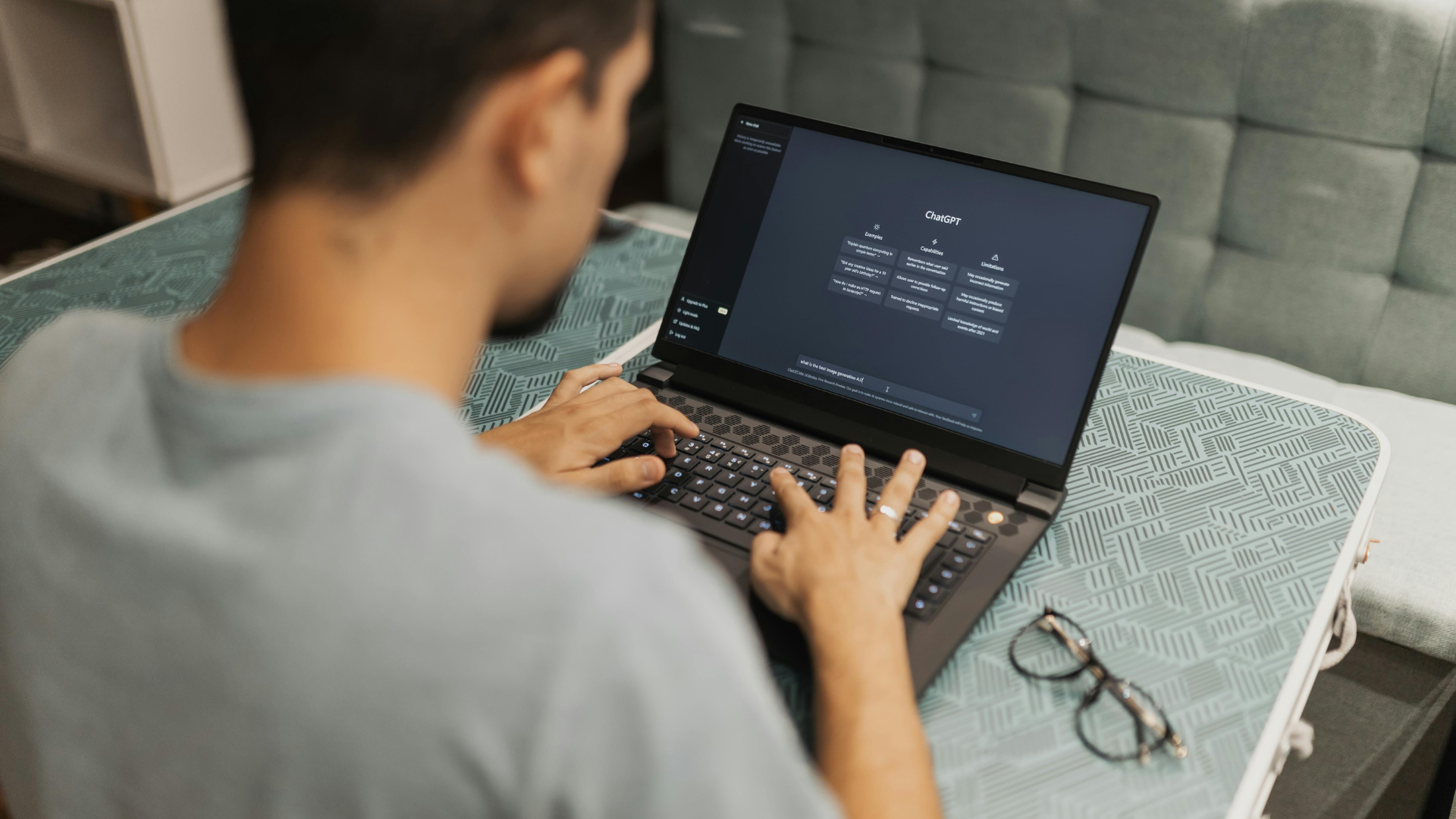Green Office Design: Creating Eco-Friendly Workspaces
people2people • November 6, 2023

In today's world, the way we design and use office spaces has a significant impact on our environment. As we become more conscious of our carbon footprint and environmental responsibilities, creating eco-friendly workspaces has become a priority for many businesses. Green office design not only contributes to sustainability but also fosters a healthier, more productive work environment. In this blog, we'll explore innovative design strategies for offices that prioritize sustainability, energy efficiency, and employee well-being.
Natural Light and Ventilation: The foundation of a green office design is maximizing the use of natural resources. Opt for large windows to bring in ample natural light and encourage airflow. This not only reduces the need for artificial lighting and climate control but also creates a pleasant and invigorating workspace.
Sustainable Materials: Consider using sustainable materials for furniture and construction. Reclaimed wood, bamboo, and recycled metal not only reduce the carbon footprint but also add a unique and aesthetic charm to the office space.
Energy-Efficient Appliances: Choose energy-efficient appliances, lighting, and HVAC systems. Smart thermostats and LED lighting, for example, can significantly cut down energy consumption while maintaining a comfortable work environment.
Indoor Plants: Integrate indoor plants into the office design. They improve air quality, reduce stress, and enhance employee well-being. Greenery adds a touch of nature to the workspace, fostering a more tranquil and pleasant atmosphere.
Flexible Workspaces: Embrace a flexible workspace design that allows employees to choose how and where they work. This not only promotes creativity and collaboration but also reduces the need for dedicated office space and, consequently, the resources required to maintain it.
Recycling Stations: Make recycling easy and accessible by placing recycling stations throughout the office. Encourage employees to reduce waste by providing recycling bins and composting options.
Telecommuting and Remote Work: Encouraging telecommuting and remote work options can further reduce the environmental impact of your office. Fewer commuters mean less pollution and less energy consumption in the office itself.
Green Certifications: Consider obtaining green building certifications like LEED (Leadership in Energy and Environmental Design) to demonstrate your commitment to sustainability. These certifications not only benefit the environment but also enhance your brand's reputation.
Incorporating these design strategies into your office not only benefits the environment but also fosters a more pleasant and productive workspace. By prioritizing sustainability, energy efficiency, and employee well-being, you can create an eco-friendly office that attracts environmentally conscious employees and clients while contributing to a greener, more sustainable future.
people2people is proud to have partnered with CarbonInvoice. They recognise that small and medium enterprises contribute a significant 40% of global emissions, yet only a fraction actively measure and reduce their carbon footprint. In response, Carbon Invoice steps in to bridge this gap, focusing on raising awareness and providing actionable solutions. Learn more about CarbonInvoice and people2people’s partnership in the video below.
Find the job you love I Find the right talent
Get in touch with people2people
Australia
I
United Kingdom
In business since 2002 in Australia, NZ, and the United Kingdom, people2people is an award-winning recruitment agency with people at our heart. With over 12 offices, we specialise in accounting and finance, business support, education, executive, government, HR, legal, marketing and digital, property, sales, supply chain, and technology sectors. As the proud recipients of the 2024 Outstanding Large Agency and Excellence in Candidate Care Awards, we are dedicated to helping businesses achieve success through a people-first approach.






